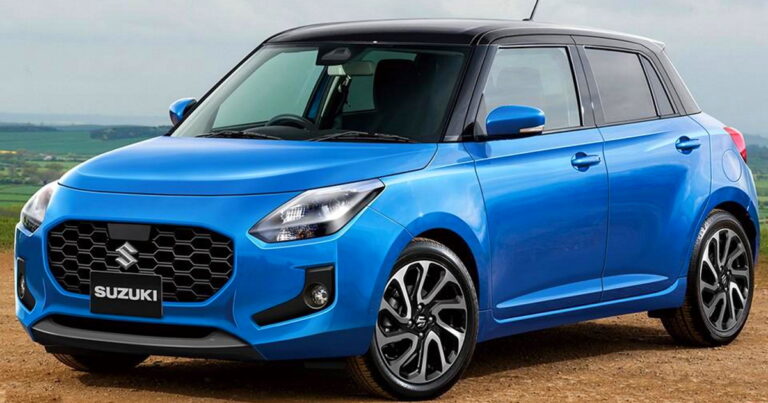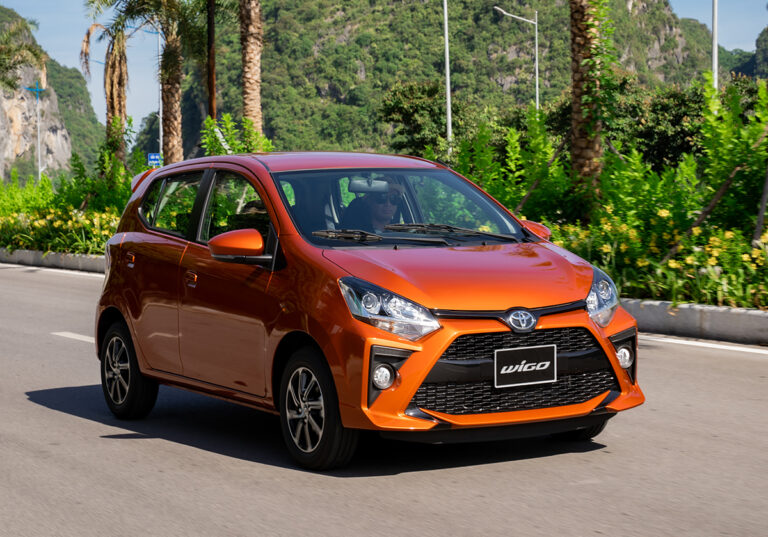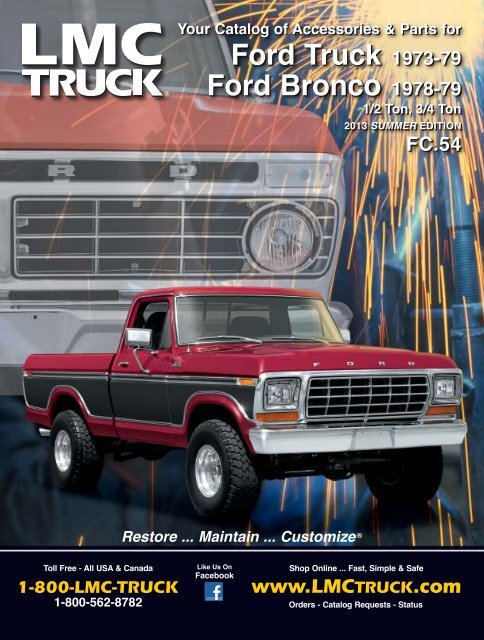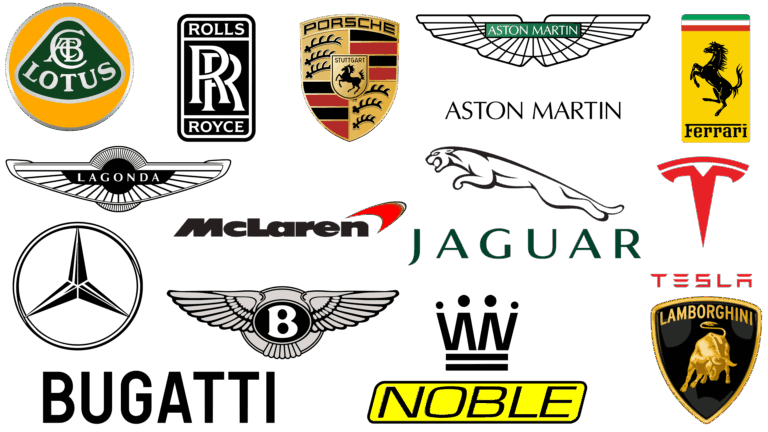The Quest for Affordability: Your Guide to the Cheapest Brand New Car in the USA
The Quest for Affordability: Your Guide to the Cheapest Brand New Car in the USA cars.truckstrend.com
In an era of rising inflation and escalating vehicle prices, the dream of owning a brand new car can seem increasingly out of reach for many. Yet, a segment of the automotive market quietly caters to budget-conscious buyers, offering vehicles that deliver reliable transportation without breaking the bank. The "cheapest brand new car in the USA" isn’t merely about finding the lowest sticker price; it’s about identifying the best value proposition that balances initial cost with long-term affordability, safety, and practicality. This comprehensive guide will navigate the landscape of entry-level vehicles, equipping you with the knowledge to make an informed decision on your next affordable ride.
The Landscape of Affordability: What Defines "Cheapest"?
The Quest for Affordability: Your Guide to the Cheapest Brand New Car in the USA
When we talk about the "cheapest brand new car," the immediate thought is often the Manufacturer’s Suggested Retail Price (MSRP). While MSRP is the starting point, it’s crucial to understand that the true "cheapest" car encompasses more than just the initial purchase price. A holistic view considers the Total Cost of Ownership (TCO), which includes:
- Fuel Efficiency: A car with a low MSRP but poor gas mileage can quickly become expensive.
- Insurance Costs: Generally, less powerful, lower-value cars have cheaper insurance premiums.
- Maintenance and Repairs: Reliability ratings and the cost of parts play a significant role.
- Depreciation: How much value the car loses over time.
- Financing Costs: Interest paid on a loan.
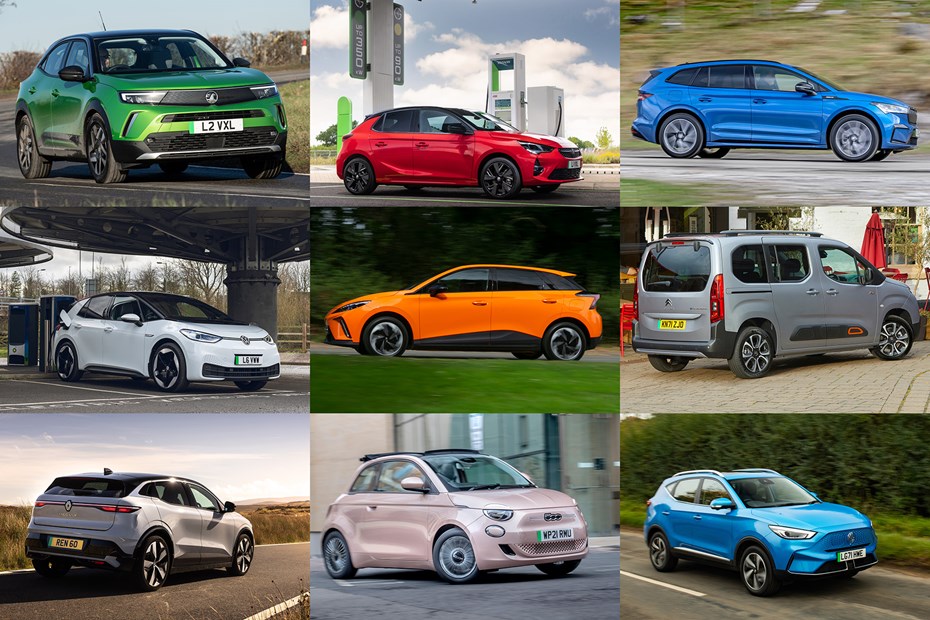
Furthermore, "cheapest" often means opting for the base trim level. Automakers offer various trims, with higher trims adding features and significantly increasing the price. For the truly budget-conscious, the base model is where the most savings are found, typically featuring manual controls, basic infotainment, and essential safety features.
Top Contenders for the "Cheapest Brand New Car" Title (Current Models)
While the automotive market is dynamic, a few models consistently vie for the title of the most affordable new cars in the USA. These vehicles prioritize essential transportation, offering a no-frills approach that appeals to first-time buyers, those needing a second family car, or anyone looking to minimize their automotive expenses.
- Mitsubishi Mirage (Hatchback/G4 Sedan): Often hailed as the absolute cheapest new car in America, the Mirage offers exceptional fuel economy and a surprisingly long warranty. It’s compact, easy to maneuver, and ideal for city driving. While its acceleration is modest, it reliably gets you from point A to point B.
- Nissan Versa (Sedan): A strong contender, the Versa offers a slightly more spacious interior and a more refined driving experience than the Mirage, especially in its current generation. It boasts good fuel economy and a comfortable ride for its class, making it a solid choice for commuters.
- Kia Forte (Sedan): Stepping up slightly in price, the Forte offers a compelling package with modern styling, a more upscale interior feel, and a longer list of standard features, including advanced safety technologies even on base models. It represents excellent value for money.
- Hyundai Venue (Subcompact SUV): For those desiring the higher seating position and rugged styling of an SUV without the typical SUV price tag, the Venue is a standout. It’s compact, highly maneuverable, and comes with a strong warranty, making it a popular choice for urban dwellers.
- Subaru Impreza (Sedan/Hatchback): While its base price is a bit higher than the absolute cheapest, the Impreza is unique for offering standard all-wheel drive (AWD) at an incredibly competitive price point. For buyers in snowy climates or those who appreciate the added traction, it’s a value leader.


These vehicles represent the entry point into new car ownership, proving that a brand new vehicle doesn’t necessarily require a six-figure income.
Decoding the Sticker Price: Understanding MSRP, Fees, and Deals
The journey from browsing online to driving off the lot involves more than just the advertised MSRP. Understanding the components of the final price is crucial for budget planning:
- MSRP (Manufacturer’s Suggested Retail Price): This is the base price recommended by the manufacturer for a specific model and trim level, before options or destination charges.
- Destination Charge: A non-negotiable fee charged by the manufacturer to cover the cost of transporting the vehicle from the factory to the dealership. This is added to the MSRP.
- Dealer Fees: These can vary widely by state and dealership and may include:
- Documentation Fee (Doc Fee): Covers the cost of processing paperwork.
- Preparation Fee: For cleaning and preparing the car.
- Advertising Fee: To cover dealer advertising costs.
- Always ask for a breakdown of these fees.
- Sales Tax: Varies by state and local municipality.
- Title and Registration Fees: State-specific fees for officially owning and operating the vehicle.
- Optional Features/Packages: Any add-ons like upgraded wheels, premium paint, or technology packages will increase the price. For the cheapest car, avoid these.
- Incentives and Rebates: Manufacturers or dealerships may offer cash rebates, low APR financing, or lease deals that can reduce the final cost. Always inquire about current incentives.
Negotiation: While high-demand, low-profit entry-level cars offer less room for negotiation on MSRP, you might still be able to negotiate on dealer-added accessories or fees. Focus on the "out-the-door" price, which includes all taxes and fees.
Beyond the Purchase Price: Total Cost of Ownership (TCO)
As mentioned, the true cost of a car extends far beyond its initial price tag. Understanding TCO helps you budget effectively for the life of the vehicle.
- Fuel Costs: This is arguably the most significant ongoing expense. The cheapest new cars often excel here, frequently offering combined MPG ratings in the high 30s or even 40s. Calculate your potential annual fuel cost based on your driving habits and local gas prices.
- Insurance: Factors like the car’s value, repair costs, safety ratings, and your driving record all influence premiums. Generally, less expensive cars with lower repair costs (due to simpler technology and readily available parts) tend to have lower insurance rates. Always get insurance quotes before purchasing.
- Maintenance and Repairs: Brand new cars come with a factory warranty, covering major components for a set period (e.g., 3 years/36,000 miles for bumper-to-bumper, 5 years/60,000 miles for powertrain). This significantly reduces repair costs in the early years. Research the long-term reliability of the model you’re considering.
- Depreciation: All cars lose value over time, but the rate varies. While a cheap car might lose a smaller absolute dollar amount, it might lose a larger percentage of its initial value compared to a luxury vehicle. However, for a vehicle purchased primarily for transportation, depreciation is less of a concern than for an investment.
- Financing Costs: If you’re taking out a loan, the interest rate and loan term will impact your total cost. A longer loan term means lower monthly payments but more interest paid over time. Aim for the shortest term you can comfortably afford.
Essential Considerations When Buying a Budget Car
Purchasing an affordable new car doesn’t mean compromising on critical aspects. Here’s what to keep in mind:
- Safety Features: Modern safety standards mean even the cheapest new cars come with essential safety features like multiple airbags, anti-lock brakes (ABS), and electronic stability control (ESC). Many entry-level models now also offer advanced driver-assistance systems (ADAS) like automatic emergency braking and lane departure warning as standard or affordable options. Prioritize these.
- Reliability: Research vehicle reliability ratings from reputable sources like Consumer Reports or J.D. Power. A car that costs less upfront but constantly needs repairs negates any initial savings. Brands like Toyota, Honda, Kia, and Hyundai often score well in reliability.
- Practicality: Does the car meet your needs? Consider passenger space, cargo volume, and ease of ingress/egress. A compact car might be perfect for a single commuter but insufficient for a growing family.
- Basic Features vs. Wants: The cheapest models will have basic features. Expect manual seats, smaller infotainment screens (or none), and perhaps manual climate control. Decide what features are absolute necessities (e.g., air conditioning, power windows) and what you can live without.
- Test Drive: Never skip the test drive. Pay attention to how the car feels on the road – acceleration, braking, steering, road noise, and seat comfort. Does it feel safe and stable? Is it comfortable for your commute?
Tips for Securing the Best Deal
Finding the cheapest car is only half the battle; securing the best deal on it is the other.
- Be Flexible: Being open to different colors or basic options can increase your chances of finding a specific model in stock and potentially at a better price.
- Shop Around: Contact multiple dealerships, both local and slightly further away. Get quotes in writing and use them to leverage better deals.
- Time Your Purchase: End of the month, quarter, or year are often good times as dealerships try to meet sales quotas. Holidays can also bring special promotions.
- Consider Previous Model Year New Cars: If a new model year has just been released, dealerships might be eager to clear out last year’s unsold new inventory, often with significant discounts.
- Know Your Budget (and Stick to It): Factor in the total cost of ownership, not just the monthly payment. Don’t let a salesperson upsell you on features you don’t need or can’t afford.
- Get Pre-Approved for Financing: Knowing your interest rate from a bank or credit union before visiting the dealership gives you negotiating power and a baseline to compare against dealer financing offers.
Potential Challenges and Alternatives
Even when seeking the cheapest new car, you might encounter some hurdles:
- Limited Inventory of Base Models: Dealerships often stock more mid-to-higher trim levels because they yield higher profits. Finding a true base model might require patience or ordering one.
- Dealer Markups: In times of high demand or low supply, some dealerships might add "market adjustments" or other non-standard fees, especially to popular models. Be prepared to walk away if the price isn’t right.
- Lack of Desired Features: Be realistic about what a sub-$20,000 car offers. If you need advanced tech or premium materials, a budget new car might not satisfy.
Alternatives to a Brand New Budget Car:
- Certified Pre-Owned (CPO) Vehicles: These are used cars that have undergone a rigorous inspection and often come with an extended manufacturer warranty. They offer a "like new" experience at a lower price point.
- Reliable Used Cars: A well-maintained used car that is 2-5 years old can offer significantly better value than a new car, as it has already taken the brunt of initial depreciation. However, a thorough pre-purchase inspection by an independent mechanic is essential.
Table of Cheapest Brand New Cars in USA (Approximate Starting MSRPs – as of late 2023/early 2024)
| Model Name | Body Type | Starting MSRP (approx.) | Key Base Features | Est. Combined MPG (approx.) | Warranty (Basic/Powertrain) |
|---|---|---|---|---|---|
| Mitsubishi Mirage ES | Hatchback | $16,695 | AC, Power Windows, 7" Display Audio | 39 MPG | 5-yr/60k-mile / 10-yr/100k-mile |
| Nissan Versa S | Sedan | $17,070 | AC, 7" Touchscreen, Auto Emergency Braking | 35 MPG | 3-yr/36k-mile / 5-yr/60k-mile |
| Kia Forte LX | Sedan | $19,990 | AC, 8" Touchscreen, Lane Keep Assist | 34 MPG | 5-yr/60k-mile / 10-yr/100k-mile |
| Hyundai Venue SE | Subcompact SUV | $19,900 | AC, 8" Touchscreen, Forward Collision Avoidance | 31 MPG | 5-yr/60k-mile / 10-yr/100k-mile |
| Subaru Impreza Base | Sedan/Hatchback | $22,995 | AWD, 7" Touchscreen, Dual-Zone Climate | 30 MPG | 3-yr/36k-mile / 5-yr/60k-mile |
Note: Prices are starting MSRPs and do not include destination charges, taxes, or dealer fees. MPG figures are estimates and can vary based on driving conditions and vehicle configuration. Always check with a local dealer for the most current pricing and incentives.
Frequently Asked Questions (FAQ)
Q: Is it safe to buy the cheapest new car?
A: Yes, absolutely. All new cars sold in the USA must meet stringent safety standards. Even the cheapest models come with essential safety features like multiple airbags, anti-lock brakes (ABS), and electronic stability control (ESC). Many also include advanced driver-assistance systems (ADAS) as standard or available options.
Q: Will the cheapest car have good features?
A: "Good" is subjective. The cheapest new cars focus on core functionality. Expect air conditioning, power windows, and a basic infotainment system (often with Apple CarPlay/Android Auto compatibility). You won’t find luxury amenities, premium sound systems, or advanced convenience features found in higher trims or more expensive vehicles.
Q: Do cheap cars last long?
A: Modern engineering means even budget cars are built to last. Brands like Mitsubishi, Nissan, Kia, and Hyundai offer competitive warranties. With proper maintenance, a cheap new car can reliably serve you for many years and well over 100,000 miles. Reliability often depends more on consistent maintenance than on initial price.
Q: Can I negotiate the price of a cheap new car?
A: While the profit margins on entry-level cars are smaller, there’s always some room for negotiation. Focus on the "out-the-door" price, including all fees. You might have more success negotiating dealer fees or securing a better trade-in value than getting a significant discount on the MSRP itself.
Q: What’s the difference between MSRP and the actual price I pay?
A: MSRP is the manufacturer’s suggested retail price. The actual price you pay (the "out-the-door" price) includes the MSRP, plus the destination charge, dealer fees (documentation, prep), sales tax, and registration/title fees. It also accounts for any incentives or rebates.
Q: Should I buy a cheap new car or a used car?
A: This depends on your priorities. A cheap new car offers a full warranty, the latest safety features, and the peace of mind of being the first owner. A used car (especially a CPO vehicle) can offer more features or a larger vehicle for the same budget, having already absorbed the initial depreciation. If reliability and a warranty are top priorities, a new budget car is a strong choice. If maximizing features for your dollar is key, a used car might be better, provided you get a thorough inspection.
Conclusion
The quest for the cheapest brand new car in the USA is a journey rooted in smart financial planning and practical needs. It’s about looking beyond the sticker price to understand the total cost of ownership, recognizing that true value comes from a blend of affordability, reliability, and essential features. While the options might be fewer and the frills minimal, today’s entry-level vehicles offer safe, efficient, and dependable transportation. By diligently researching, understanding the true costs, and applying savvy shopping tips, you can confidently drive off the lot in a brand new car that perfectly fits your budget and lifestyle. Owning a new car doesn’t have to be a luxury; it can be an accessible reality for everyone.

